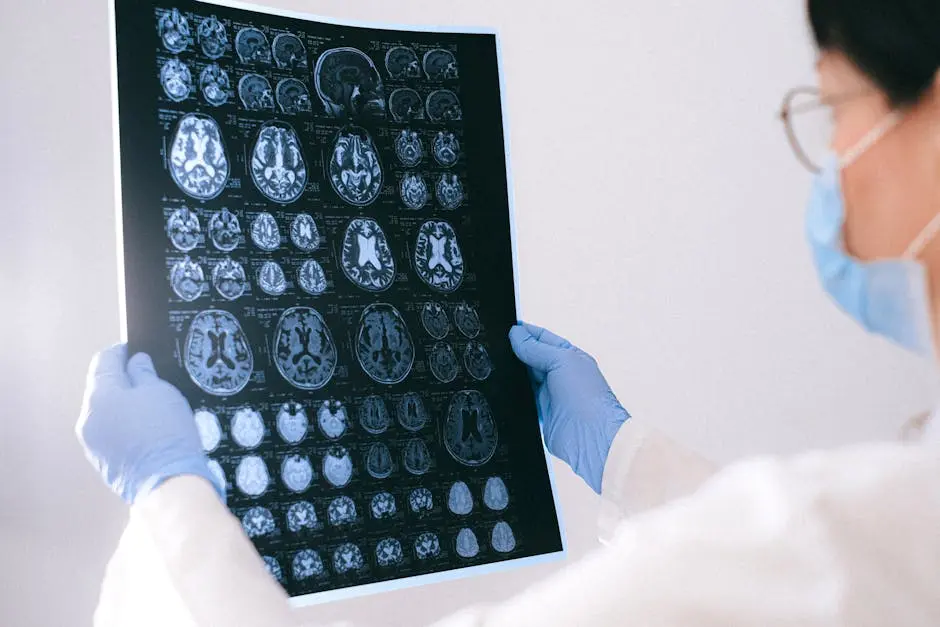Our Blog
How are cyst types diagnosed in choledochal cysts?
October 25, 2025
Diagnosing cyst types in choledochal cysts can be a complex process. This blog will explore the various methods used to accurately identify these cyst types, providing clarity on how medical professionals approach diagnosis to ensure proper treatment. Let’s dive into the steps involved in this diagnostic journey.
Understanding Choledochal Cysts
It’s essential to grasp what choledochal cysts are and their various forms before diving into diagnosis.
Choledochal cysts are congenital abnormalities of the bile duct, and they can manifest in several forms, including cystic dilatation of the bile duct, choledochocele, and more.
Recognizing the type of choledochal cyst is vital as it influences the overall treatment strategy. This variability in presentation can sometimes lead to confusion in diagnosis.
The importance of understanding these differences cannot be overstated; knowing the specific cyst type enables healthcare providers to tailor a management approach best suited to the individual.
Initial Patient Assessment
The diagnosis begins with a thorough clinical history and physical examination to evaluate symptoms and possible causes.
During this initial assessment, doctors typically ask about any abdominal pain, jaundice, or other related signs. This conversation helps to form a clear picture of the patient’s condition.
The physical examination may include assessing the abdomen for any tenderness or swelling, providing additional clues that help in forming a preliminary diagnosis.
From the outset, establishing an open line of communication between the patient and physician is crucial, as it aids in gathering relevant details that might otherwise be overlooked.
Imaging Techniques
Different imaging methods such as ultrasound, CT scans, and MRIs are utilized to visualize the cysts and assess their characteristics.
Ultrasound is often the first imaging modality used, given its non-invasive nature and ability to provide critical information about the structure of the biliary system.
While ultrasound provides initial insights, CT and MRI can furnish more detailed views, revealing the size, location, and complications of the cysts.
These imaging techniques play a vital role not just in visualization but also in determining the appropriate subsequent steps in diagnosis and treatment.
Endoscopic Retrograde Cholangiopancreatography (ERCP)
ERCP can be a crucial tool in diagnosing and determining the type of choledochal cyst by allowing direct visualization.
This procedure involves the use of endoscopic techniques to inject contrast material into the bile ducts, making them visible on X-ray images.
Furthermore, ERCP enables the physician to assess the function of the biliary system in real time, providing invaluable insights into any obstruction or abnormality present.
In many cases, ERCP may also help facilitate therapeutic interventions alongside diagnosis, allowing for immediate management of any detected issues.
Differentiating Cyst Types
Medical professionals analyze imaging results and other diagnostic findings to differentiate between various cyst types.
This differentiation is critical since the management strategies may vary significantly depending on the specific type of choledochal cyst identified.
Each cyst type presents unique challenges and risks, highlighting the need for precise and accurate diagnostic methods.
By utilizing a combination of patient history, imaging results, and sometimes biopsy, doctors can confidently categorize the cysts and proceed with appropriate treatment.
Final Diagnosis and Treatment Planning
Once the cyst type is identified, a comprehensive treatment plan can be formulated based on the specific diagnosis.
Treatment options may range from careful monitoring for less severe cases to surgical intervention for more complex presentations.
Engaging patients in discussions about their diagnosis and treatment choices is essential; understanding the plan builds trust and encourages adherence to the recommended protocols.
Ultimately, accurate diagnosis not only guides the treatment but also helps reduce the risk of complications associated with choledochal cysts, thereby improving patient outcomes.
Wrapping Up the Diagnostic Process
Understanding the diagnosis of cyst types in choledochal cysts not only enhances our knowledge but also emphasizes the importance of timely and accurate medical assessments. If you or someone you know is facing related symptoms, consulting a healthcare provider is crucial for proper evaluation and care.
